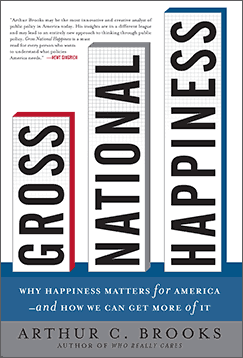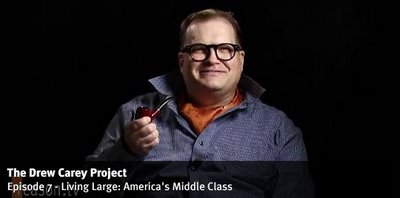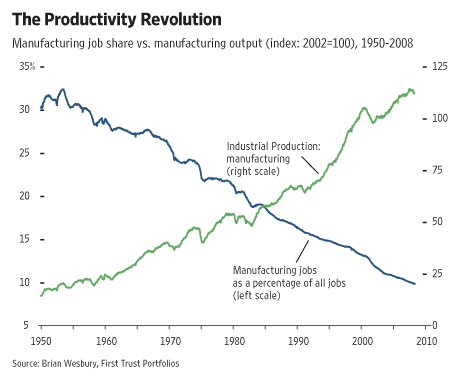(p. A9) A total of 24 states allow voters to change laws on their own by collecting signatures and putting initiatives on the ballot. It’s healthy that the entrenched political class should face some real legislative competition from initiative-toting citizens. Unfortunately, some special interests have declared war on the initiative process, using tactics ranging from restrictive laws to outright thuggery.
The initiative is a reform born out of the Progressive Era, when there was general agreement that powerful interests had too much influence over legislators. It was adopted by most states in the Midwest and West, including Ohio and California. It was largely rejected by Eastern states, which were dominated by political machines, and in the South, where Jim Crow legislators feared giving more power to ordinary people.
But more power to ordinary people remains unpopular in some quarters, and nothing illustrates the war on the initiative more than the reaction to Ward Connerly’s measures to ban racial quotas and preferences. The former University of California regent has convinced three liberal states — California, Washington and Michigan — to approve race-neutral government policies in public hiring, contracting and university admissions. He also prodded Florida lawmakers into passing such a law. This year his American Civil Rights Institute (ACRI) aimed to make the ballot in five more states. But thanks to strong-arm tactics, the initiative has only made the ballot in Arizona, Colorado and Nebraska.
“The key to defeating the initiative is to keep it off the ballot in the first place,” says Donna Stern, Midwest director for the Detroit-based By Any Means Necessary (BAMN). “That’s the only way we’re going to win.” Her group’s name certainly describes the tactics that are being used to thwart Mr. Connerly.
Aggressive legal challenges have bordered on the absurd, going so far as to claim that a blank line on one petition was a “duplicate” of another blank line on another petition and thus evidence of fraud. In Missouri, Secretary of State Robin Carnahan completely rewrote the initiative’s ballot summary to portray it in a negative light. By the time courts ruled she had overstepped her authority, there wasn’t enough time to collect sufficient signatures.
Those who did circulate petitions faced bizarre obstacles. In Kansas City, a petitioner was arrested for collecting signatures outside of a public library. Officials finally allowed petitioners a table inside the library but forbade them to talk. In Nebraska, a group in favor of racial preferences ran a radio ad that warned that those who signed the “deceptive” petition “could be at risk for identity theft, robbery, and much worse.”
Mr. Connerly says that it’s ironic that those who claim to believe in “people power” want to keep people from voting on his proposal: “Their tactics challenge the legitimacy of our system.”
For the full commentary, see:
JOHN FUND. “The Far Left’s War on Direct Democracy.” The Wall Street Journal (Sat., July 26, 2008): A9.






